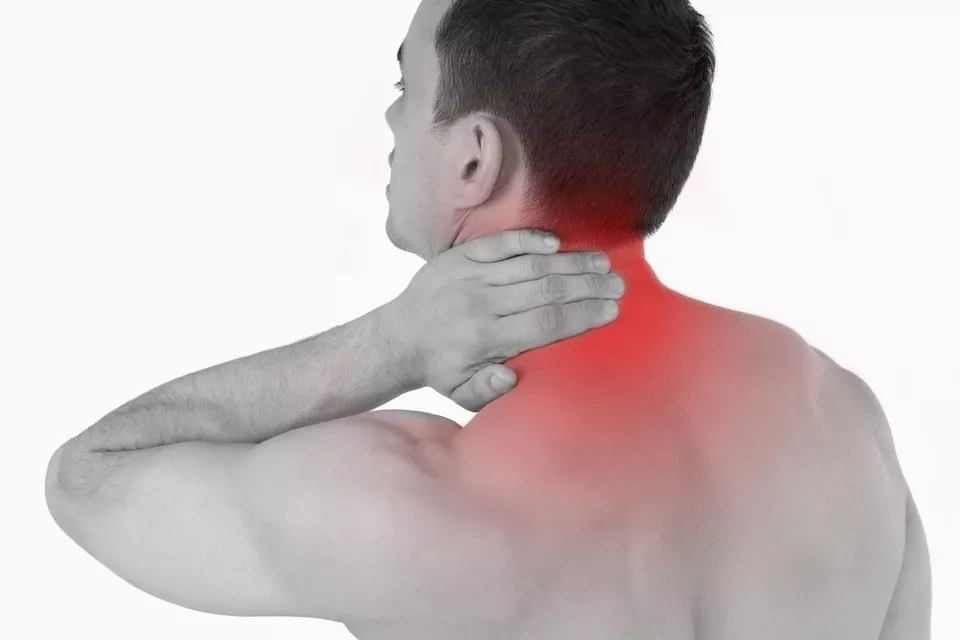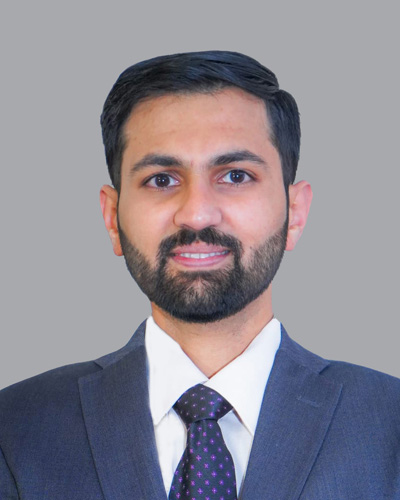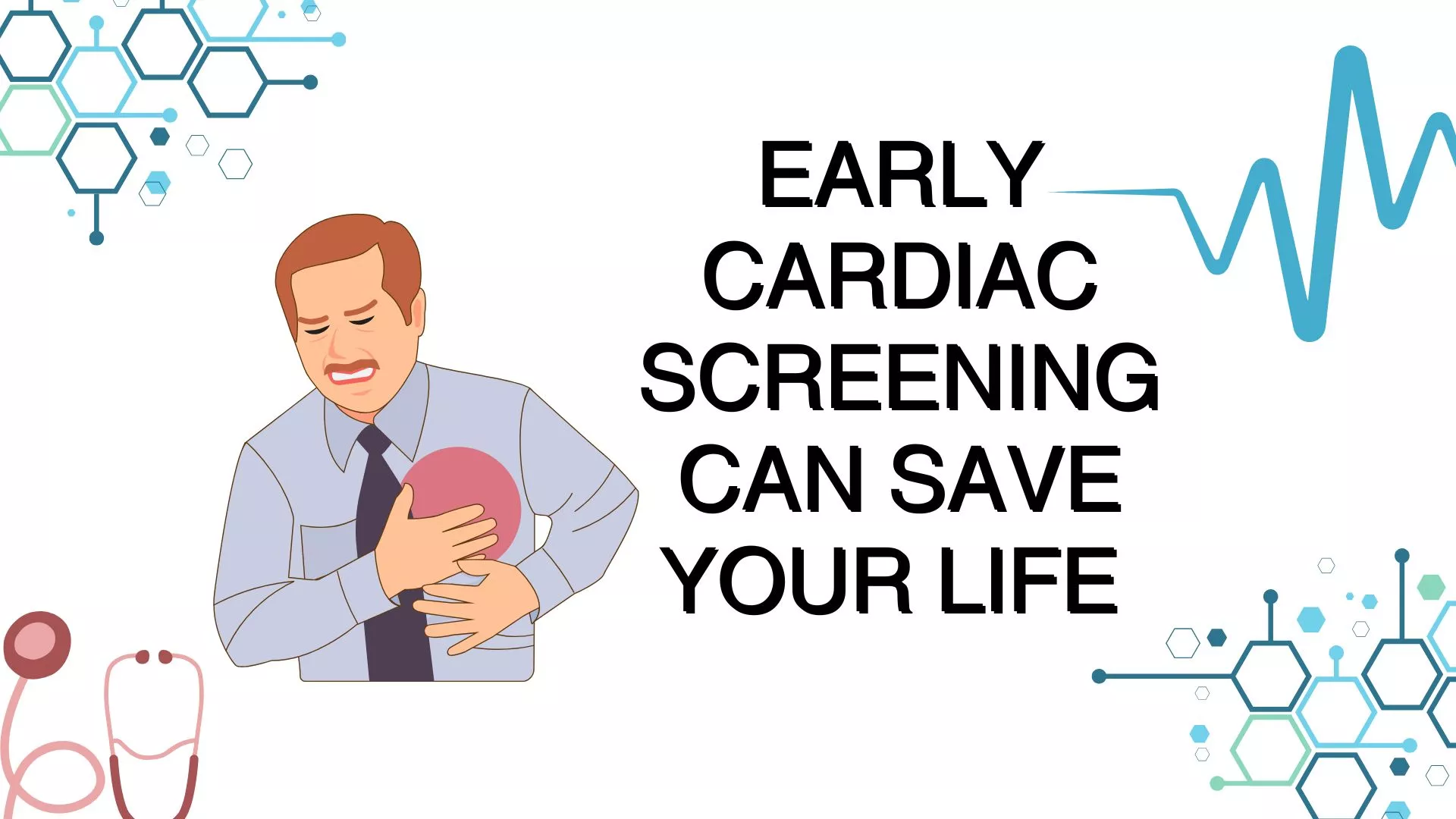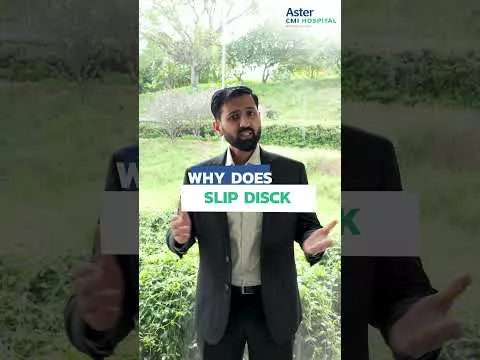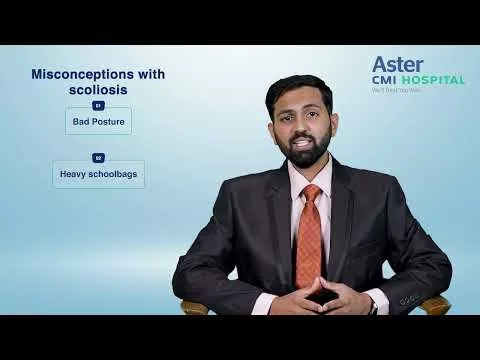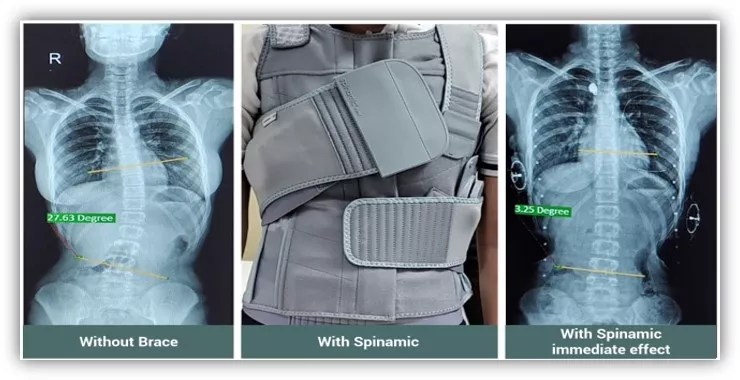Neck pain and headaches are possibly the most common ailment experienced by people of all ages. They are mainly caused by stress, excess fatigue, and being in front of a screen for too long. Sometimes these two can be related as headaches can be caused by issues in the neck. Cervicogenic headache is the medical term for this type.
Key Characteristics:
- Pain starts in the neck and radiates to the back, side, or front of the head.
- Usually one-sided, but may affect both sides in some cases.
- Associated with reduced neck mobility, stiffness, or tenderness.
- May worsen with certain neck movements or sustained poor posture.
- Often non-throbbing and feels more like a dull ache or pressure.
That’s why many people tend to ignore cervicogenic neck pain and often confuse it with migraines or headaches caused by stress. Join us as we debunk the fundamentals of cervicogenic pain, helping you to overcome this condition to perfection.
Diagnosing the Cervicogenic Pain
Consult the best neuro spine specialist in India [available at Aster Hospital] to diagnose the issue. The experienced and well-trained team at Aster Hospital use state-of-the-art medical practices for diagnosis and treatment. The diagnostic process may include:
- A detailed discussion about symptoms and how they began
- A physical examination, focusing on neck movement and muscle strength
- Imaging tests like X-rays, CT scans, or MRIs to spot underlying issues
- Checking how the pain responds to certain movements or pressure on the neck
Accurate diagnosis is crucial as the treatment for cervicogenic headaches is different from that of common headaches.
Causes of Cervicogenic Headache
CGH is typically caused by dysfunction or pathology in the upper cervical spine (C1–C3), including:
- Degenerative disc disease
- Facet joint arthritis
- Whiplash or neck trauma
- Poor posture (e.g., forward head posture from long-term desk work)
- Muscle tension or imbalance in the neck and shoulders
- Structural problems like fractures or, in rare cases, tumours
These underlying problems irritate the nerves, joints, or ligaments connected to the upper neck and skull, leading to both cervicogenic neck pain and headaches.
Exploring the Treatment Options
Once the diagnosis is confirmed, the focus shifts to addressing the root cause, not just the symptoms. Treatment plans often include a combination of approaches. Some of the most common treatments are:
- Medications: Pain relievers, anti-inflammatories, or muscle relaxants to manage discomfort
- Injections: Nerve blocks or steroid injections to reduce pain signals
- Physical therapy: Exercises to improve neck strength, flexibility, and posture
- Radiofrequency ablation: A specialised procedure that targets nerve fibres sending pain signals
- Surgery: Only considered if all other treatments fail and there is a clear structural issue
Thus, it is recommended to seek assistance from the best neuro spine specialist in India to find adequate solutions.
Upgrading your Lifestyle and Making Smart Choices
In addition to medical treatment, certain lifestyle adjustments can make a big difference. These include:
- Paying attention to posture, especially while working at a desk or using devices
- Taking regular breaks to stretch the neck and shoulders
- Avoiding activities that strain the neck, such as carrying heavy bags on one shoulder
- Doing prescribed exercises at home to maintain neck strength and flexibility
Small steps you take every day can lower the instances and severity of your cervicogenic headaches. Do not ignore persistent head and neck pain. Get admitted to the best neurology hospitals in India if your headache is accompanied by a stiff neck, and it becomes more severe with neck movement. Seeking help early can limit long-term complications.
Final Thoughts: Listen to What Your Neck Is Telling You
A stiff neck combined with a headache is not always just a sign of poor sleep or too much tension from the day. Sometimes, it’s your body’s gentle warning that there’s more happening beneath the surface [inside the delicate system of muscles, nerves, and bones that support your neck].
Understanding the fundamentals of cervicogenic headache gives you the power to know when it’s time to take action. Listen to your body and do not brush aside the signals it sends. Acting early can help you break free from the pain and stay in charge of your health and comfort. Connect with the Aster Hospital team to diagnose and find relevant solutions to this ailment.
